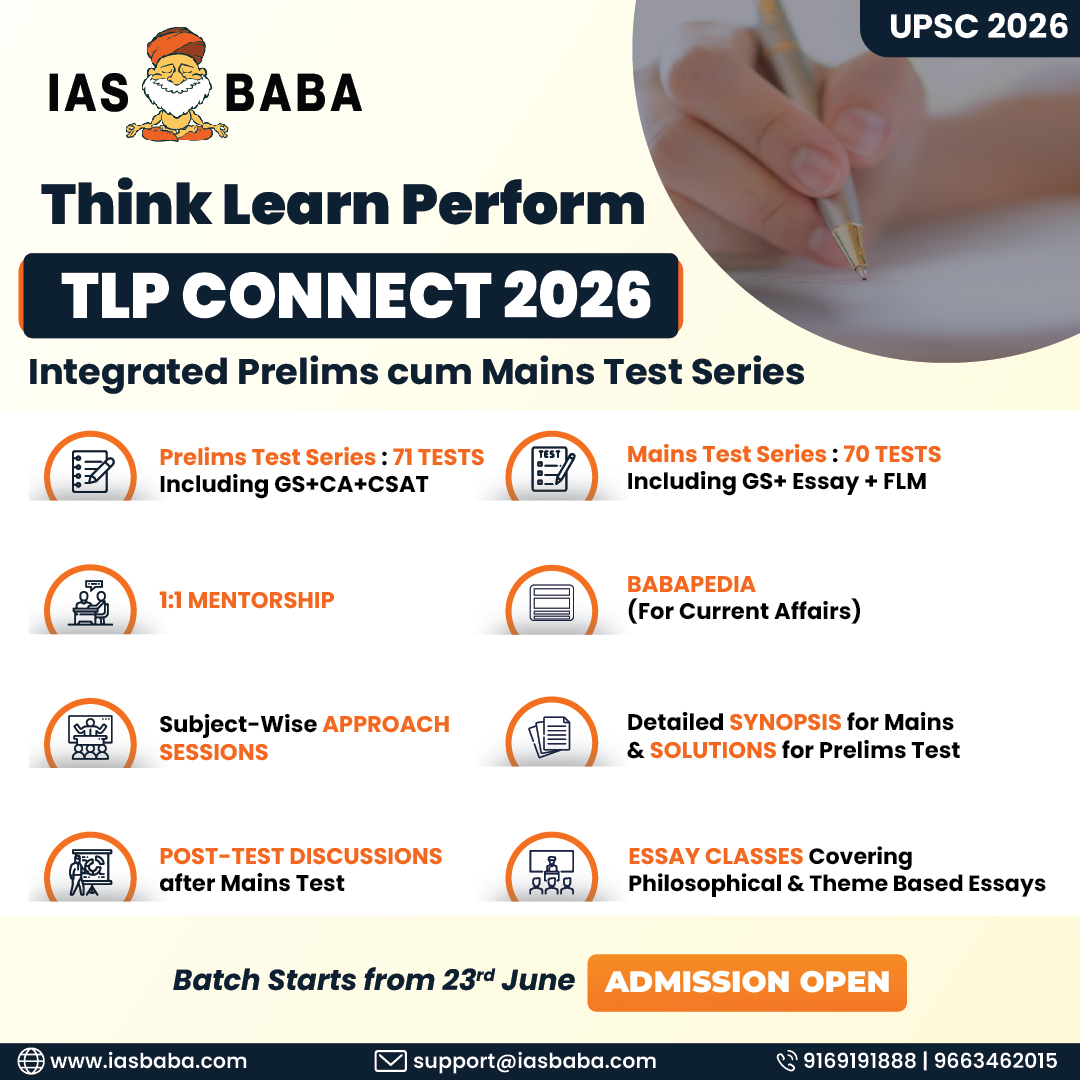IASbaba's Daily Current Affairs Analysis, IASbaba's Daily Current Affairs July 2016, International, UPSC
Archives
IASbaba’s Daily Current Affairs – 12th July, 2016
INTERNATIONAL
TOPIC: General Studies 2
- Important Bilateral, regional and global groupings and agreements involving India and/or affecting India’s interests.
- Effect of policies and politics of developed and developing countries on India’s interests, Indian diaspora.
The RCEP Effect on India
Why in news?
The Regional Comprehensive Economic Policy negotiations enter the fourth year in 2016 and the 13th round of RCEP negotiations took place in Auckland on 12-18th June 2016.
RCEP— Regional Comprehensive Economic Partnership (RCEP) is an ASEAN-centred proposal for a regional free trade area.
Between:
- 10 ASEAN states: (Brunei, Burma (Myanmar), Cambodia, Indonesia, Laos, Malaysia, the Philippines, Singapore, Thailand, Vietnam) CLIMBB-PSTV +
- Six states with which ASEAN has existing FTAs (Australia, China, India, Japan, South Korea and New Zealand) JACSIN
Launched in: November 2012 at the ASEAN Summit in Cambodia
Viewed as: Alternative to the Trans-Pacific Partnership Trade Agreement
Stats: The 16 RCEP participating countries account for almost half of the world’s population, almost 30 per cent of global GDP and over a quarter of world exports.
Why RCEP?
Purpose: ASEAN+6 RECP—aimed at transforming the region by higher economic growth through more cross-border trade and investment.
Objective: To achieve a modern, comprehensive, high-quality and mutually beneficial economic partnership agreement that will cover trade in goods, trade in services, investment, economic and technical co-operation, intellectual property, competition, dispute settlement and other issues.
Dynamics of RCEP
- It will not create a large integrated market
For an integrated market, RCEP must agree to a zero tariff area among members. However, this was never on agenda. Best possible solution was RCEP countries agreeing to a single tariff concession list providing uniform tariffs for products across member-countries. The ‘noodle-bowl’ of numerous competing FTAs will continue and RCEP will be an add-on to the list.
Challenge: The zero-tariff was not agreeable to all countries.
- No substantial tariff concessions in most cases
- Large-scale slashing is theoretically not possible among the countries already connected through FTAs. For example, ASEAN countries and their FTA partners have already opened over 80 per cent trade through existing FTAs. They can, at best, make small incremental offers to each other, under RCEP.
- Country groups such as India-China, India-Australia and New Zealand or China-Japan do not have any existing FTA relationship with each other and hence there’s scope for exchanging deeper tariff slashing.
Challenge: Many countries in the group are not enthusiastic about this, probably due to a tough economic climate. The level of tariff slashing that these countries will finally agree upon is yet to be established.
- ROO criteria
- Consensus on adopting common Rules of Origins (ROO) will make movement of goods easier, predictable across the member-countries.
- However, this is just a framework and product level details for almost 5,200 product sub-headings are yet to be negotiated.
- A ROO criterion determines nationality of goods.
For instance, if squash is made in India from Nagpur oranges, the squash obviously originates in India. But what if the squash is made in India from oranges grown in the US? Which is the country of origin for squash here: India or the US? There is no standard answer.
Two broad interests group in RCEP
- Export- driven trading economy: Many ASEAN countries argue that even minor processing should qualify a product for FTA benefits
- Manufacturing economy: China or India argues that processing should be substantial else non-FTA country products will enter the domestic market.
Challenge: RCEP will have a tough time balancing the conflicting needs of the stakeholders, comprising a mix of manufacturing and trading economies. While a few countries are pushing for large MNC-centric rules, RCEP being home to over 100 million SMEs may struggle to find a balance.
- Pending indecisive areas: Contours of the final outcome are yet to emerge in the area of IPR, services and investments. RCEP will have to reconcile the interests of many conflicting interest groups to ensure that IPR provisions do not compromise on public health issues as it contains 45 per cent of the world population, of which the majority is poor.
Another contentious issue before it is ‘investor-state dispute settlement (ISDS)’ that seeks to enable an investor to sue a foreign government.
Predicted industry trends due to RCEP negotiations
- Influence new investment decisions: in textiles, leather, processed food, machinery and electronic component sectors. Sectors such as agriculture, automotive products, steel may not see fresh tariff concessions and face restrictive ROOs
- Less intra-ASEAN trade: Trade for immediate products such as integrated circuits accounts for over 60 per cent of ASEAN import of these. Much of this trade may relocate to one or two ASEAN countries or even to China on account of the common ROO framework and to achieve economies of scale.
- Increased Chinese exports to India: Today, China exports to India at full duty as it does not have an FTA with India. But for products where duty differential matters, it needs to set up joint ventures in Thailand or Malaysia from where products can be exported to India at zero duty under the ASEAN-India FTA. With RCEP, many such facilities will not be required as China will export directly to India.
While China’s exports to India may increase, most of these will be at the expense of ASEAN’s exports to India. However, China and ASEAN’s combined exports to India may not see much change.
What future RCEP holds for India?
- Boost to India-ASEAN relation:
- Help in furthering the aims and objectives of India’s own Act-East Policy.
- In real practice, RCEP once formalized, is supposed to emerge as the most effective and largest free-trade bloc in the world with combined geo-political resources.
- This is particularly important because India is not a party to two important regional economic blocs: the Asia-Pacific Economic Cooperation and the Trans-Pacific Partnership.
- The RCEP would enable India to strengthen its trade ties with Australia, China, Japan and South Korea, and should reduce the potential negative impacts of TPP and TTIP on the Indian economy.
- Increased Chinese investments in India:
- To offset the increasing labour costs, Chinese firms have been relocating labour-intensive manufacturing to Vietnam, Cambodia, Thailand and Indonesia.
- By setting up manufacturing joint ventures in India, China can effectively reach India’s domestic market and also a large European market once India signs an FTA with the European Union.
- If this frames true, India’s trade deficit with China will come down as well.
- Revenue loss for India:
- An internal commerce ministry estimate that signing the RCEP trade agreement will result in a revenue loss of as much as 1.6% of gross domestic product.
- This is expected to make India more aggressive in the upcoming negotiations, seeking greater market access in services to be able to justify the closing of the deal at home, where an apprehensive local industry views it as equivalent to signing a free trade agreement with China.
- More access to service market needed:
- India, due to its higher tariff wall, ends up cutting its tariffs more significantly in such bilateral or plurilateral trade negotiations, while other countries, due to their already low tariff lines, need only to reduce them marginally.
- If balance cannot be achieved in goods, other countries need to give greater market access to services from India.
- India thinks its best bet is in services export, through which it can supply its burgeoning skilled professionals to other countries, thus partially meeting the demand for jobs from a million people joining the labour market every month.
In conclusion, RCEP may still take over a year to conclude. This intervening period can be used to tie up loose ends. The Cabinet’s decision in June on introducing labour reforms for the textiles and apparel sector may prove to be a welcome grand step in this direction.
Connecting the dots:
- ‘RCEP holds a gateway to a regional trading bloc for India but, India has to cautiously pave its way’. Critically analyse.
Refer:
Trans-Pacific Partnership (TPP) & India
Needless pressure to change copyright laws
RCEP negotiations: India likely to take a more aggressive stand
MUST READ
India’s changed faster since 1991
Related Articles:
Seven failures of economic liberalization
Consider it seriously
Related Articles:
Uniform civil code: One nation, one law
Uniform civil code : Need of the hour
Go back to the drawing board
Supreme Court has shone much-needed light on the dark underbelly of the operation of AFSPA
Related Articles:
Reforms for rule-based governance
Another attempt to rejuvenate Ganga
Related Articles:
Organizing for urban governance
Sidestepping Punjab’s farm debt crisis
All you wanted to know about…
Collateral damage











